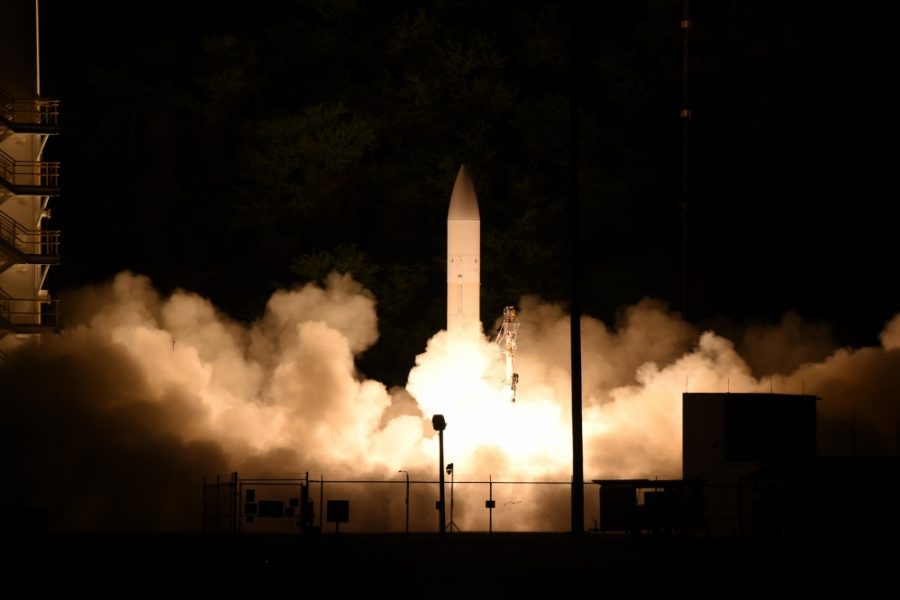The other services’ pursuit of long-range strike—traditionally an Air Force mission—was understandable as long as budgets were rising, but as funding is expected to stop climbing, a rethink of such systems may be in order, USAF Chief of Staff Gen. David Goldfein said April 1.
Asked in an AFA Mitchell Institute program if the services are collectively over-investing in long-range strike, Goldfein said it’s “not surprising” that the Army and Navy have been eyeing such systems to deal with sophisticated adversaries, each service through its “different lenses and different service cultures.” When he was the combined forces air component commander in the Middle East, Goldfein said, he would never have turned down an offer of long-range capability to hit a target “from 1,000 miles out.”
Goldfein noted that he’s “never faced” a declining budget as Chief, and neither have his fellow service leaders, so “in that environment,” it’s understandable that they feel free to pursue new ideas.
But, “As budgets get tighter, … we are going to have to take a hard look at where we have duplication, and where we have an ability for better collaboration,” Goldfein asserted.
The services’ joint pursuit of hypersonics is a “success story” that pulls on each of the service’s strengths, he said. “Who does guidance systems the best? Who does warhead technology the best? Who does a rocket body the best?” This collaborative effort is the “gold standard … of how we ought to be looking at long-range fires going forward,” however, he said long-range fires alone are not how wars will be won in the future.
In a “significant number of wargames,” Goldfein related, a purely “outside” force—one employing only standoff missiles and “attritable” aircraft—“didn’t win.” The only force that did prevail in the “most stressing scenarios” was what he called a “hybrid” force of both stand-off and stand-in systems.
Goldfein said he’s responded to proponents of an all-outside force by saying, “Show me your analysis. This can’t be a ‘gut feeling’ for us in terms of investment … We owe it to the nation to show, with analytical rigor, why we believe that this is the force that actually wins in the future. And what wins is one that has a combination of what works inside and … outside.”
He said the Air Force has that balance “about right going forward.” The wargaming, however, based on the latest intelligence, will continue, and the force will be adjusted over time because “the dynamics are changing” and “China, Russia, North Korea,” and other potential adversaries are “investing in ways to counter us,” he added.
Retired Lt. Gen. David Deptula, dean of the Mitchell Institute, who was conducting the interview, noted that in a major theater war, the number of aimpoints for strikes runs between “40,000 to…60,000,” a figure that would be cost-prohibitive using only standoff munitions.
Goldfein shrugged off the implication that the Army and Navy are poaching the Air Force’s stated roles and missions. “I’m not pushing back on the other services at all,” he said.
